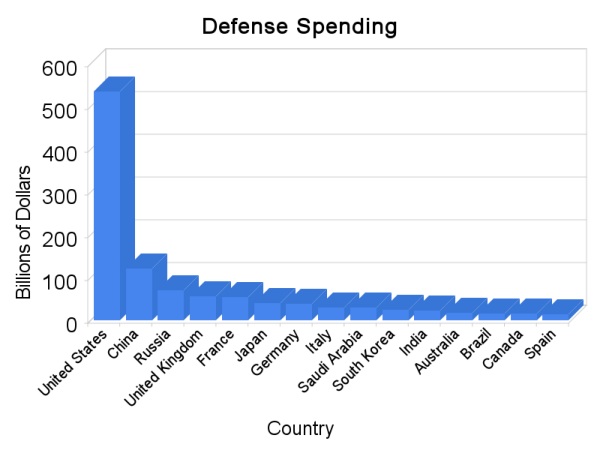Approps Debacle Leads to Continuing Resolution(Again) |
Volume XXI No.35: September 2, 2016
Congress returns for a few weeks after Labor Day before hitting the campaign trail in October in the run up the November elections. This is the last, best opportunity for a variety of legislation to be considered before all pending legislation expires at the end of the 114th Congress. So you would expect a flurry of activity. Don’t bet on it. Some legislation might move, but the only guaranteed item will be a continuing resolution, or CR, to continue funding the government at the current levels past the start of the 2017 fiscal year, which begins on October 1, 2016.
There will likely be funding legislation to deal with the Zika virus and possibly some emergency supplemental cash for the flooding in Baton Rouge, LA, including Hurricane Hermine. The Defense Authorization bill could move, or it might slip. But as for other legislation heading to the President’s desk – well, this Congress’ track record isn’t too good.
This doesn’t mean there won’t be pitched battles over legislation designed to be campaign fodder. Even on the CR there will be a fight. The President wants a short-term CR, something that would run through November or December. That’s not surprising, he wants his final bite at the appropriations apple. Congressional Republicans seem to be leaning more toward along-term CR, one that stretches into March and most importantly into the next President’s term in office. We’re no fan of lame duck Congresses and the array of little, but costly, goodies that often fill the Omnibus tree in those sessions. But operating for only half a fiscal year under a continuing resolution is costly and inefficient for government. Poison or pistol, take your pick.
Either way, we are looking at an enormous Omnibus spending bill. A dozen appropriations bills crammed into one, thousand-page document that nobody sees until a day or two before it is voted on, and that’s if we’re lucky.
So let’s review how we got here. Of the dozen spending bills that would fund the government through fiscal year 2017, precisely zero have been enacted into law. Only one (Military Construction/Veterans Affairs) even got through conferencing the House and Senate versions. The final bill passed the House but was filibustered in the Senate. The Defense spending bill passed the House but the Senate’s version was filibustered. The Senate adopted their Energy and Water spending bill, but the House rejected their own version. Five bills haven’t come to the floor in either chamber at all, and three others passed the House but haven’t come up in the Senate.
What was going on here? Well, last year a deal was struck that set spending levels for fiscal year 2017. We had our problems with the deal because it used specious offsets as an end-run around the budget caps by the Budget Control Act of 2011, but Congress agreed to it. That is, until they didn’t. Some in the House Republican Conference wanted a lower amount for non-defense spending, some wanted a higher number for defense spending, and Democrats wanted a higher number for both. There was reluctance among Senate Democrats to approve popular bills like Defense and Military Construction/Veterans Affairs when they didn’t know what the final top-line number was for discretionary spending, or if their priorities would get tossed. Oh, and the President was throwing around veto threats left and right.
So nothing got done. It is, alas, a familiar story.
There still isn’t agreement on final spending levels going forward, and it is unclear if an election will lead to one. So a CR is probably the best we can hope for. This year’s saga reinforces the need for reforming the moribund budget process, and happily both the House and Senate Budget Chairs have ideas. We’ll get to working on that.
Quote of the Week:
“But we […] need flexibility. When we’re told, ‘You have to find $750 billion to cut,’ and we say, ‘OK, we can do that; we have 25 percent excess infrastructure, and we’ve got six or seven weapons systems that are aging and largely redundant,’ the Congress shouldn’t turn around and say, ‘Not in my district’ or ‘Not my weapons system.’”
• Gen. Martin Dempsey (Ret.), Former Chairman of the Joint Chiefs of Staff, on what the Pentagon needs to absorb budget cuts
TCS and POGO on Transparency in Department of Interior |
|
|


No comments:
Post a Comment